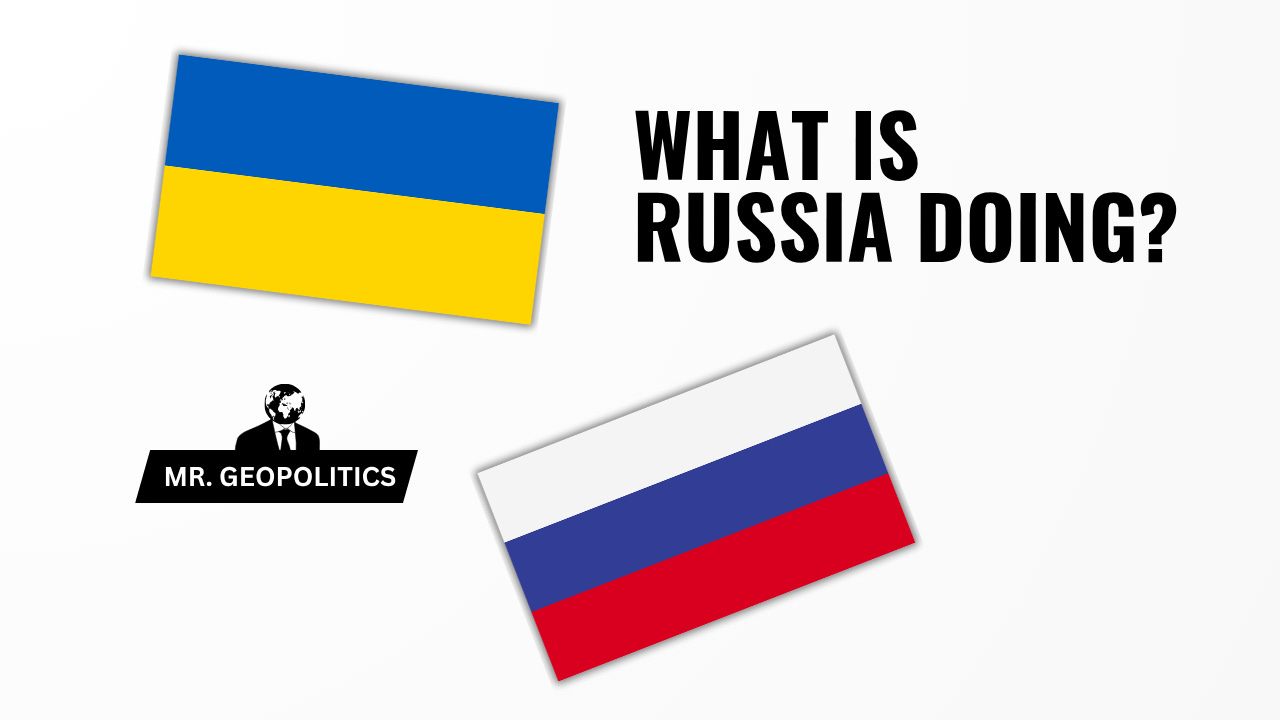What Is Russia Doing?
The strategy behind Moscow’s energy strikes
Power generation in Ukraine has hit “zero.” There are rolling blackouts across the country as streets in the capital go dark.
Loss of power in Ukraine is not new. It has been a growing reality since the war began, almost four years ago. But the latest Russian attacks on Ukrainian energy grids and infrastructure are far more aggressive than ever before. And the effect, where power is being cut up to 16 hours a day across Ukrainian cities, as temperatures inch closer to zero, is unprecedented.
New Western Crisis
This is a new crisis for Ukraine and the West.
It deepens Ukrainian reliance on Europe. Already, Ukraine has restarted gas imports from the Transbalkan pipeline—initially built to bring Russian gas into Southern Europe. Now, with repurposing, parts of the pipeline are bringing Azerbaijani gas into Greek facilities, which are then pushed into Bulgaria, Romania, Moldova, and finally Ukraine. The “new” setup increases Kyiv’s reliance on European trade routes at a moment when European resistance to further support for Ukraine grows.
Equally important, southern Europe (Greece), the Balkans, and Central Europe are fragmenting. As Greece, Bulgaria, Romania, and Moldova enable energy flows into Ukraine, a short distance away, Hungary is seeking a new alliance with Slovakia and the Czech Republic to create a “united position” on Ukraine between Budapest, Bratislava, and Prague. The policies that flow from this position could be at odds with what the rest of the region is doing.
Adding to all this, Ukraine will need more defense support from the US, UK, Germany, and others, in particular, a larger supply of interceptor missiles. Is America willing to commit more to the war effort? And if not, will the West return to where it was earlier this year after the Trump-Zelensky blowout, where Washington threatened to bow out and Brussels moved to double down?
Russia’s Strategy
While the loss of power in Ukraine presents headaches for the West, the other big question is what exactly Russia is doing.
Why has Russia started to strike Ukrainian energy infrastructure with such force? On November 8, Centrenergo, a major Ukrainian state-owned energy firm, referred to the latest Russian strike as the “largest attack” after all three of the company’s thermal plants were shut down.
The shutdown is no small matter. The Trypilska Thermal Power Plant, for instance, which is now offline, supplies 50% of Kyiv’s electricity. All together, Ukraine’s thermal plants supply anywhere between 25% to 50% of heating, depending on the city, and around 25% of the country’s electricity.
As rolling blackouts become the new status quo, and Kyiv scrambles, many are missing the new phase the war has just entered.
After almost four years of fighting over the same few square kilometers of land and making minimal gains, Russia’s ability (and appetite) to continue the war effort is declining. This is not just about manpower (i.e., more conscription) or production of armaments. The Russian economy is bleeding. Among the warning signs, by 2030, Russia needs 11 million new people to join the workforce, over 200,000 young technology talent have fled, and Russian commodity producers are asking for state bailouts. These are alarm bells that make it clear to the Kremlin: the war is no longer sustainable long-term.
And, all of this is before US sanctions and Washington arming Kyiv with Tomahawk missiles, shifting the battlefield.
Shock & Awe
By moving to permanently destroy Ukrainian energy infrastructure, Russia is signaling that its strategy has entered a new chapter.
This is moving closer towards a “shock and awe” moment—physically against people or against the infrastructure. Russia may be on the verge of unleashing a new kind of attack on Ukraine’s critical infrastructure, government buildings, and key residences of officials to bring the country to a standstill.
The goal: pressure Ukraine to give up land and sign a deal, giving Moscow a way to end the conflict on its terms.
What Russia does next will not just depend on whether Ukraine can procure supplies, but also whether the US and Europe double down on support for Kyiv, the US position of which is increasingly unknown.
War Outlook
The coming weeks will reveal whether Russia’s war outlook has shifted gears. If more thermal plants and energy grids are hit with precision strikes, it is clear that Moscow is operating very differently. Adding to this, the Russian targets could expand to water processing facilities, garbage and waste disposal, pharmaceutical production, and the operations of Western defense companies in the country.
To put it simply, Russia could be aiming to destabilize Ukraine on a new level, as its own internal pressures compound.
Ukraine’s latest power woes could very well be a one-off. But if they occur again or get worse, the world must read between the lines.
Striking energy infrastructure like this is no coincidence when taken together with all the other economic signs. Russia does not have an unlimited ability to fight this war.
Now, the spotlight is on the US and Europe. As Moscow switches gears, will the West do the same (i.e., more Patriot missiles for Ukraine), or is the West also about to adopt a different outlook?
-ABISHUR PRAKASH AKA. MR. GEOPOLITICS
Mr. Geopolitics is the property of Abishur Prakash/The Geopolitical Business, Inc., and is protected under Canadian Copyright Law. This includes, but is not limited to: ideas, perspectives, expressions, concepts, etc. Any use of the insights, including sharing or interpretation, partly or wholly, requires explicit written permission.






